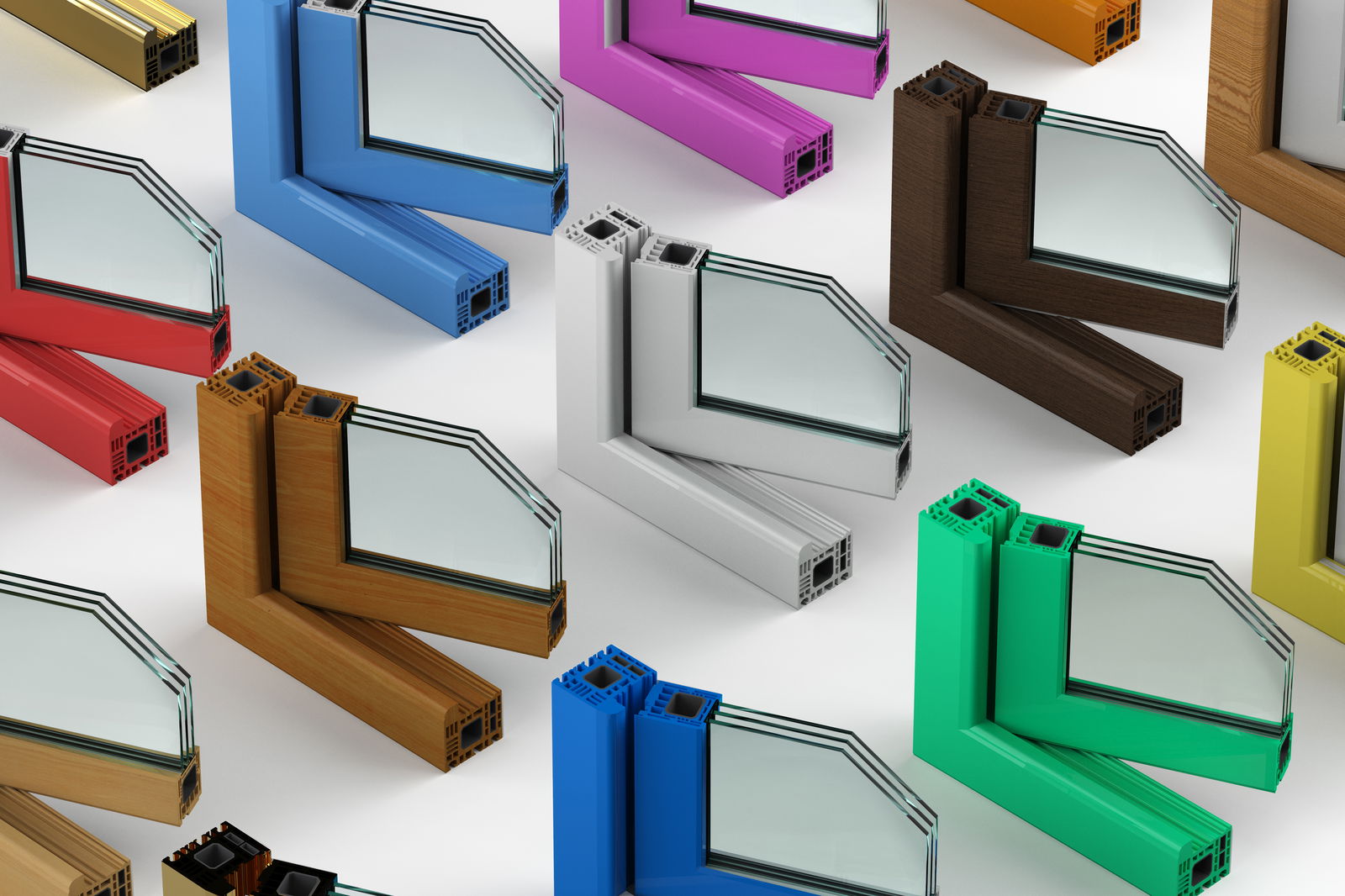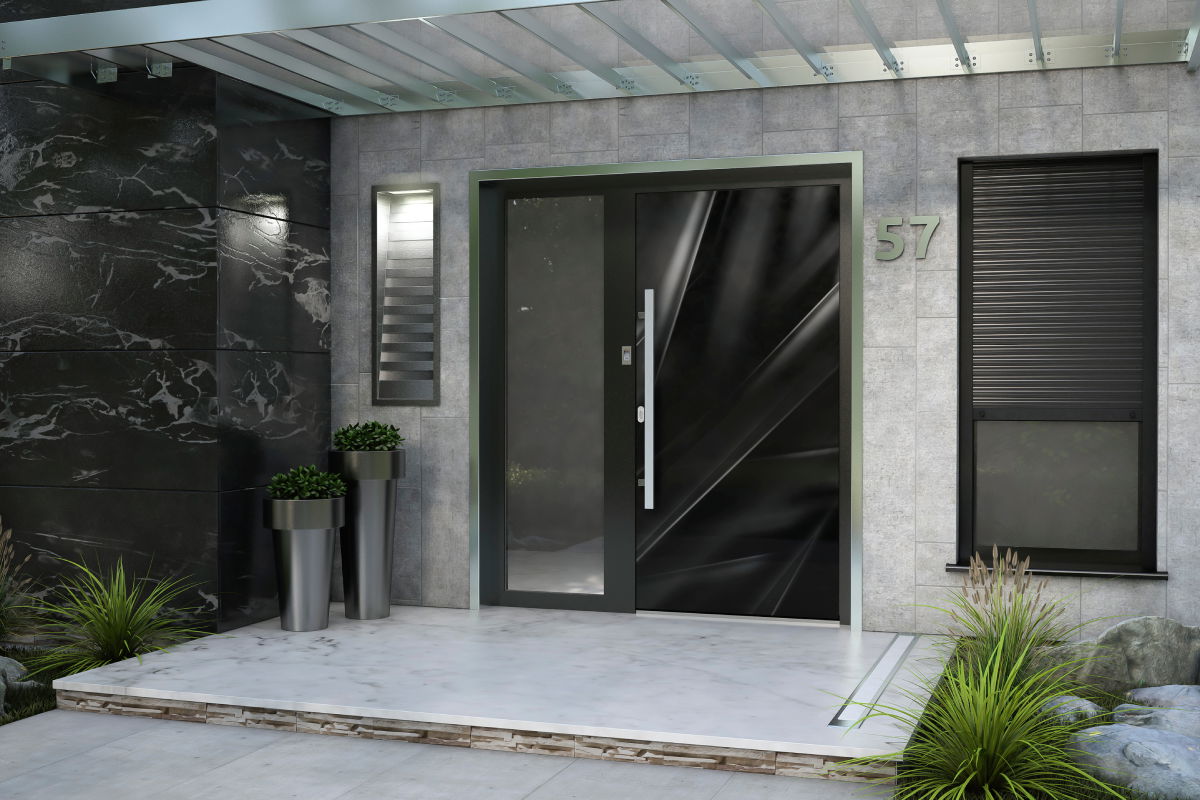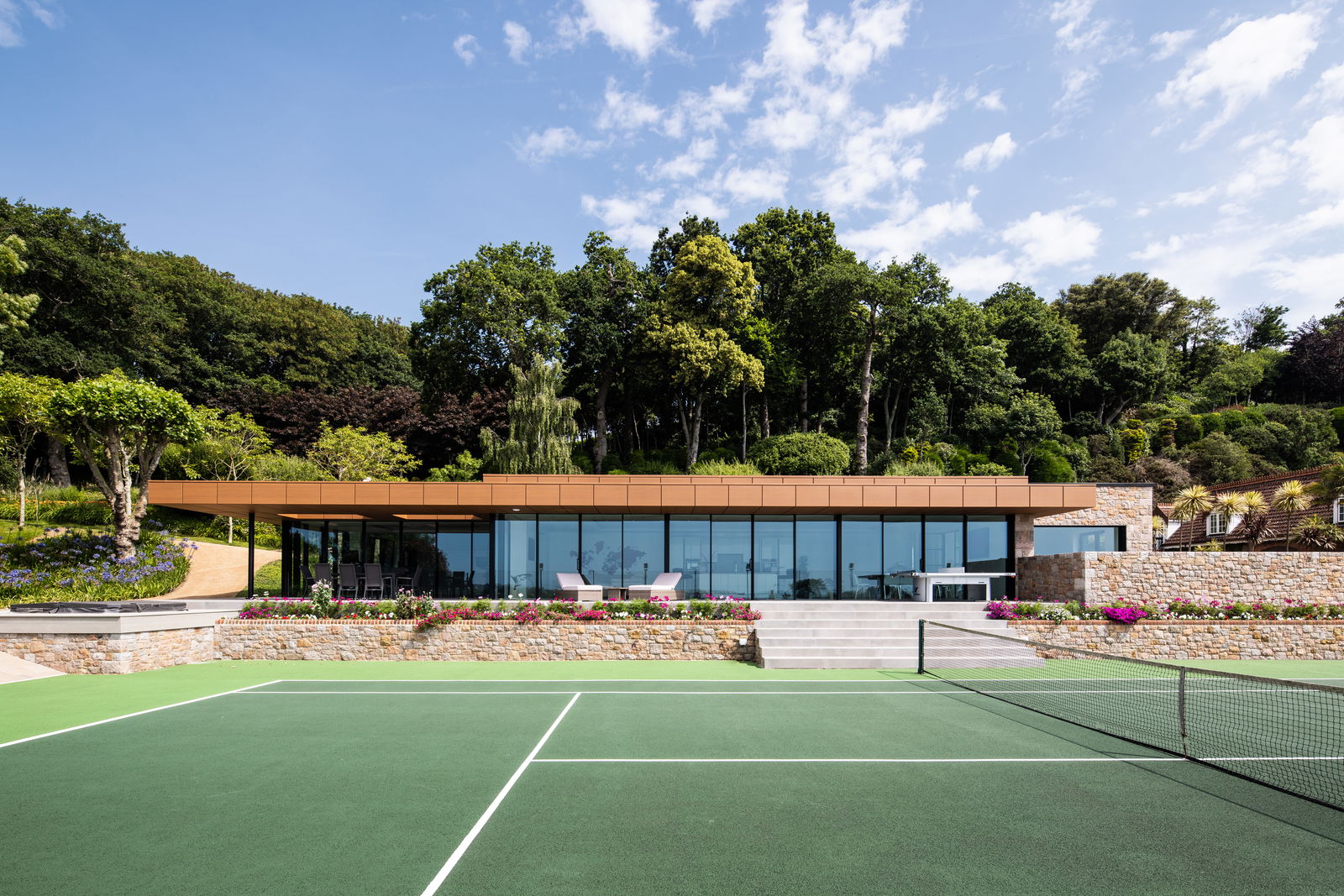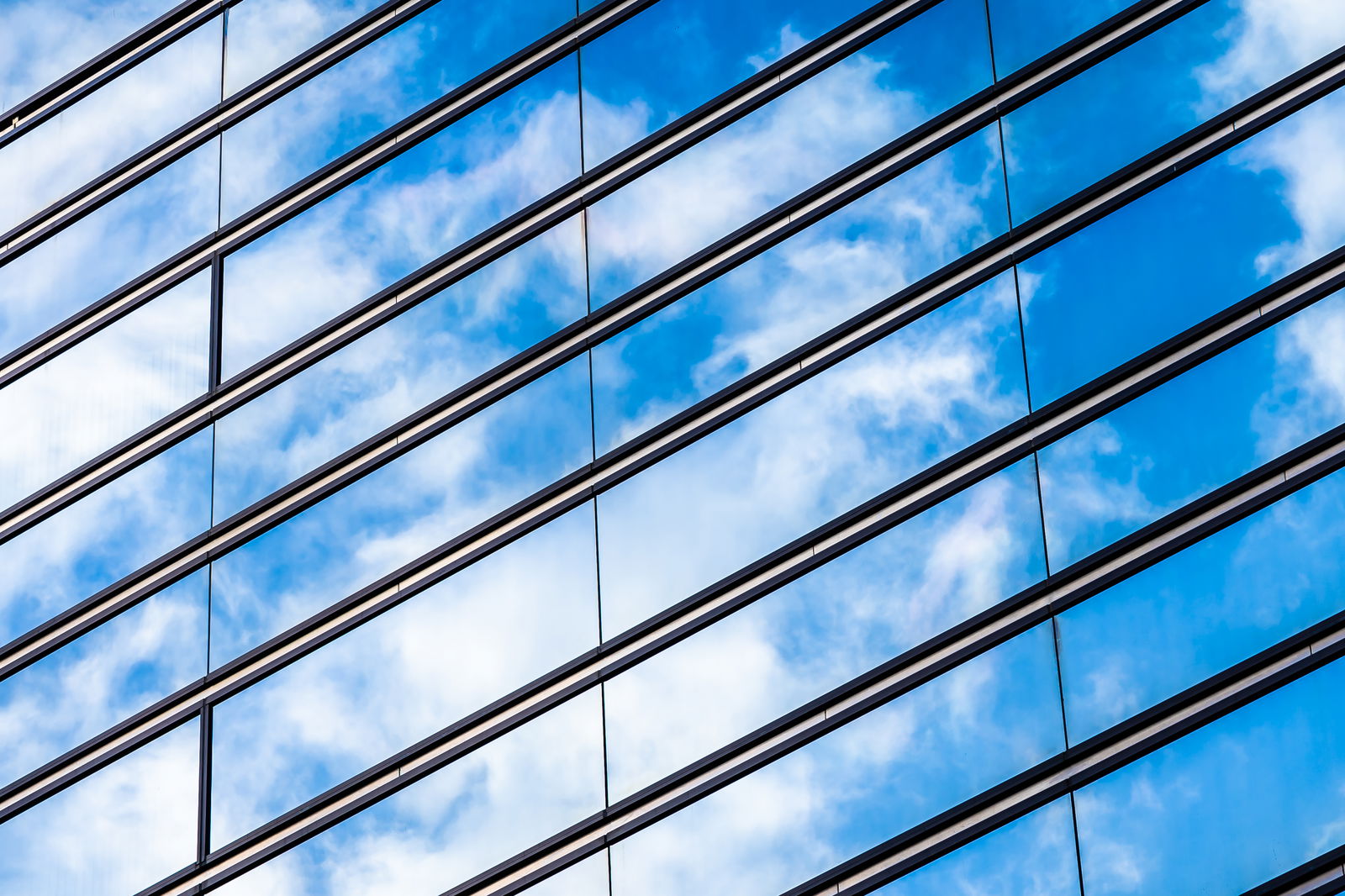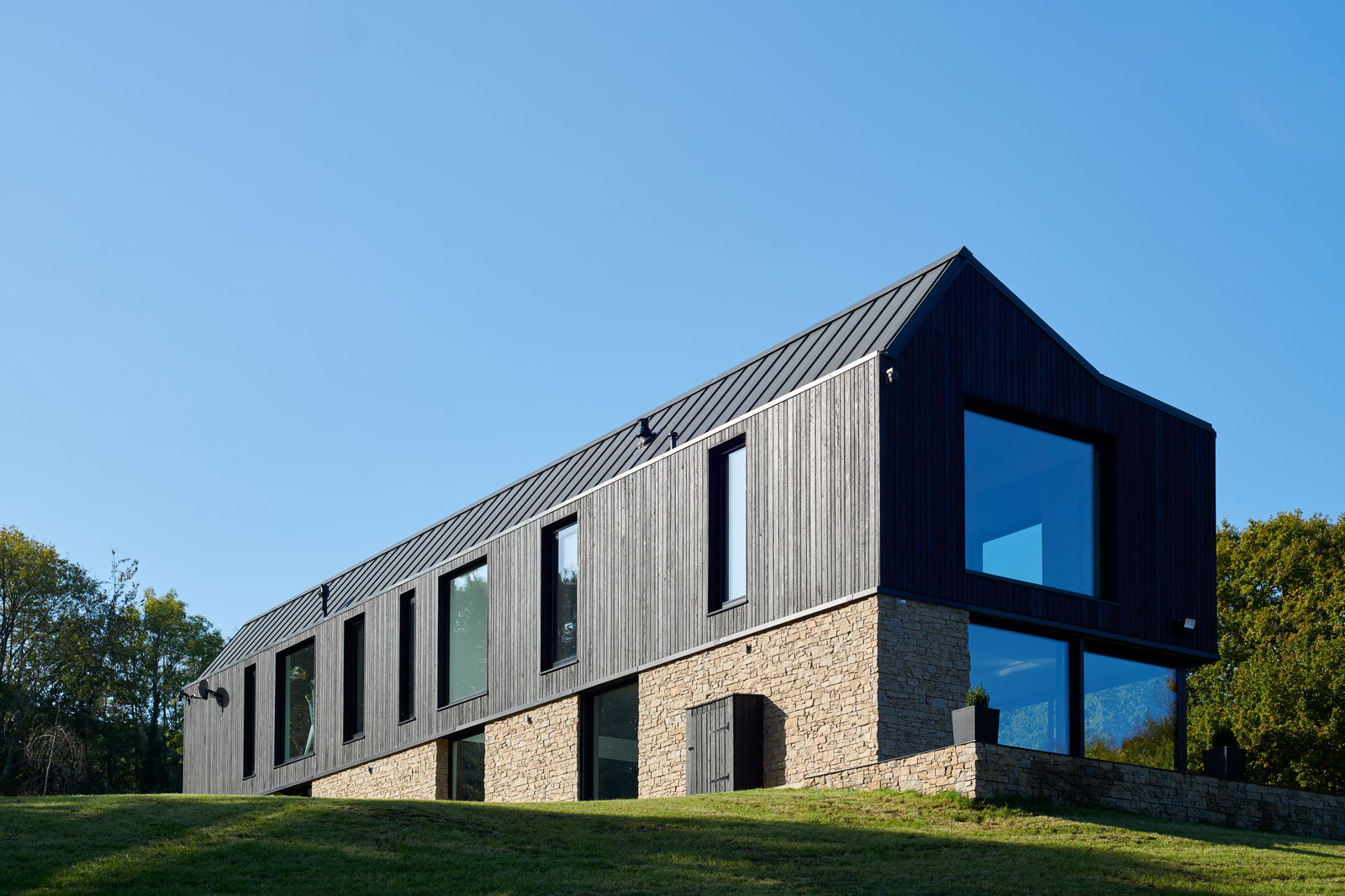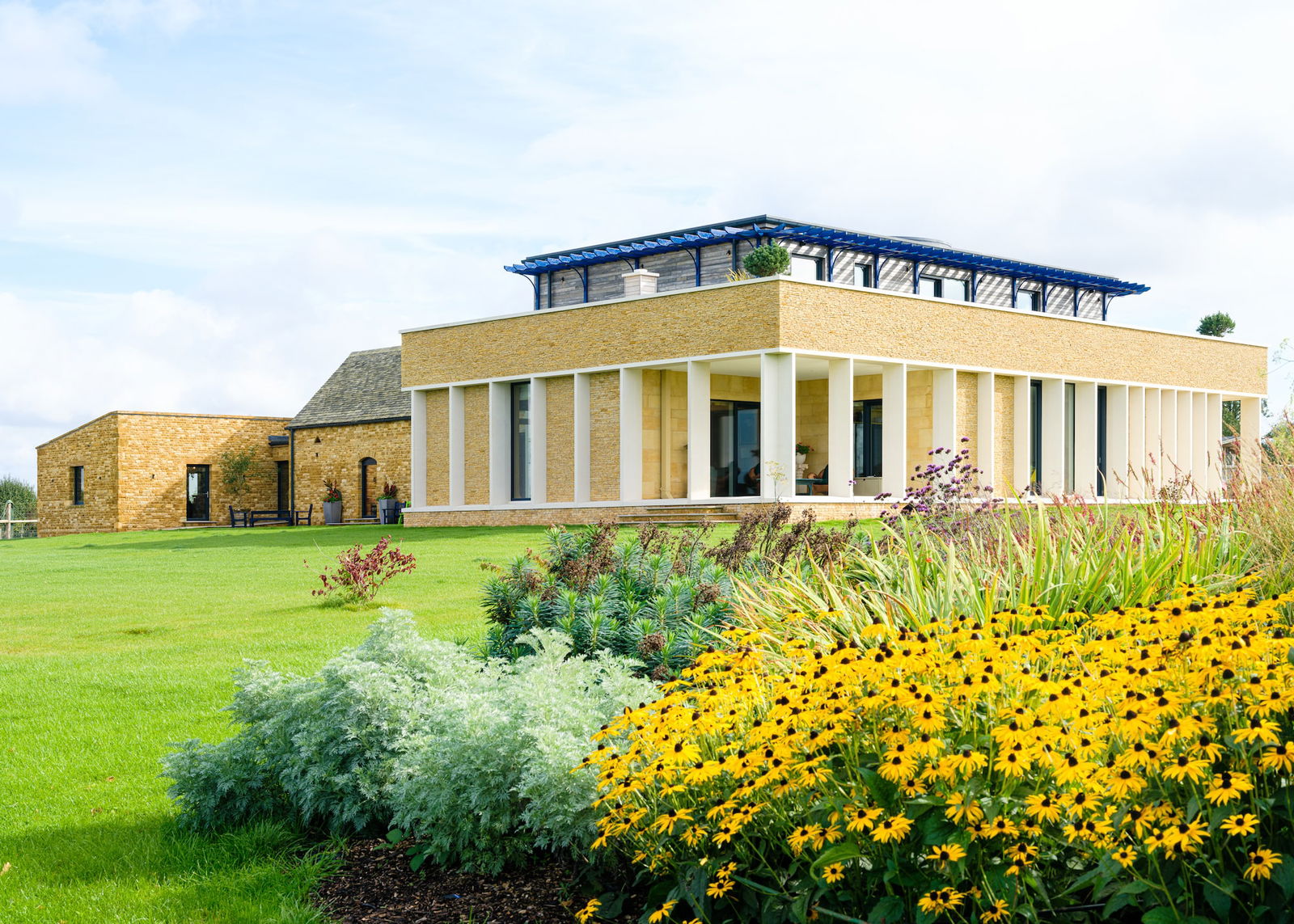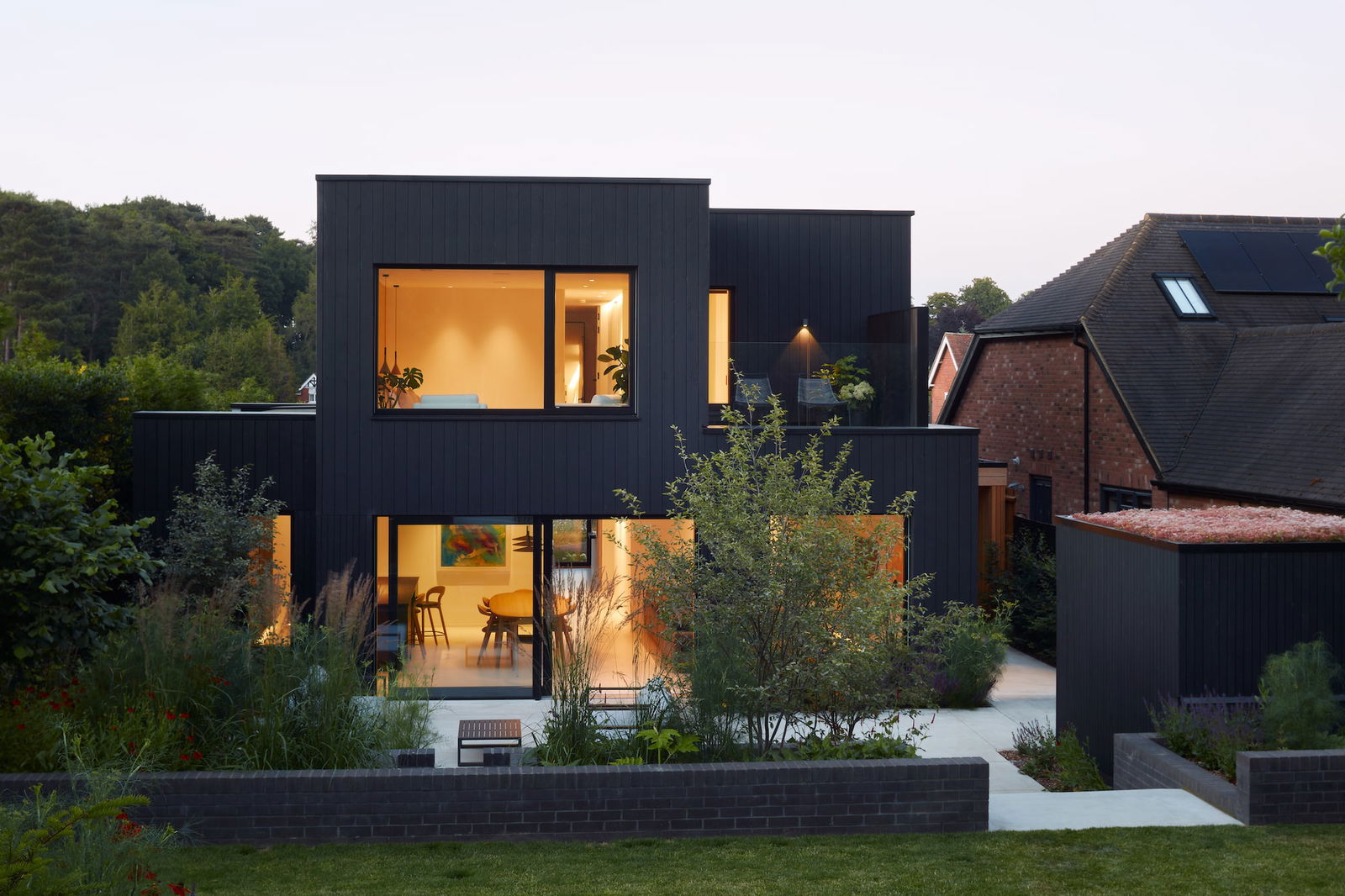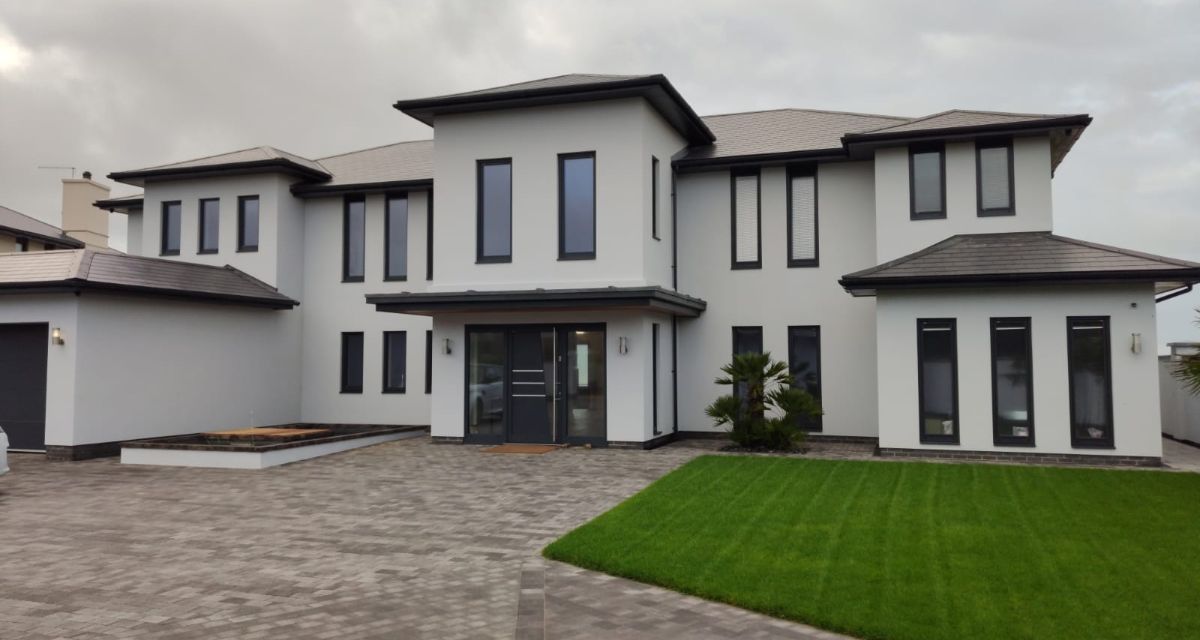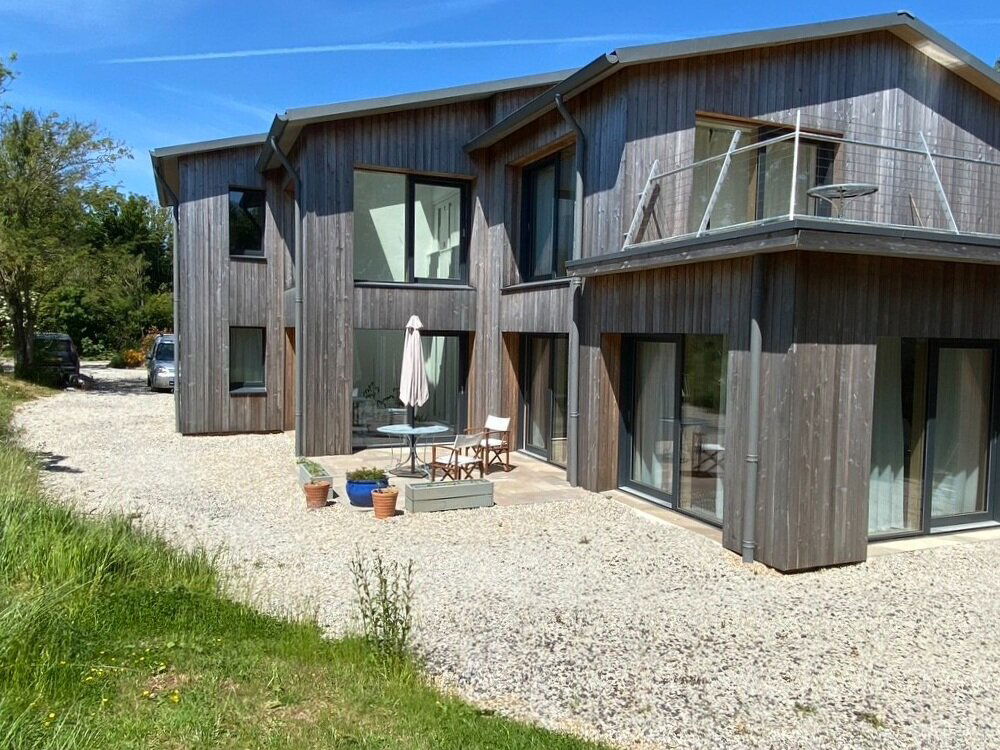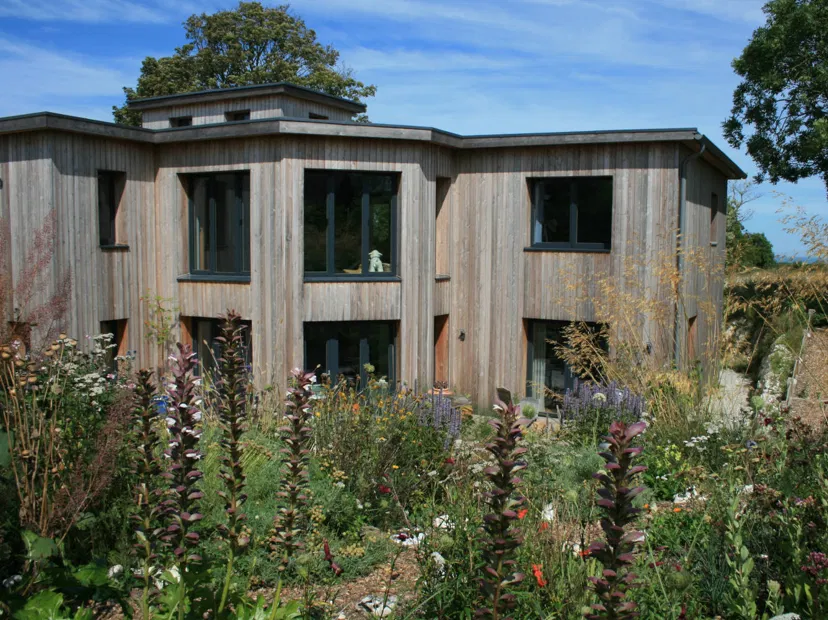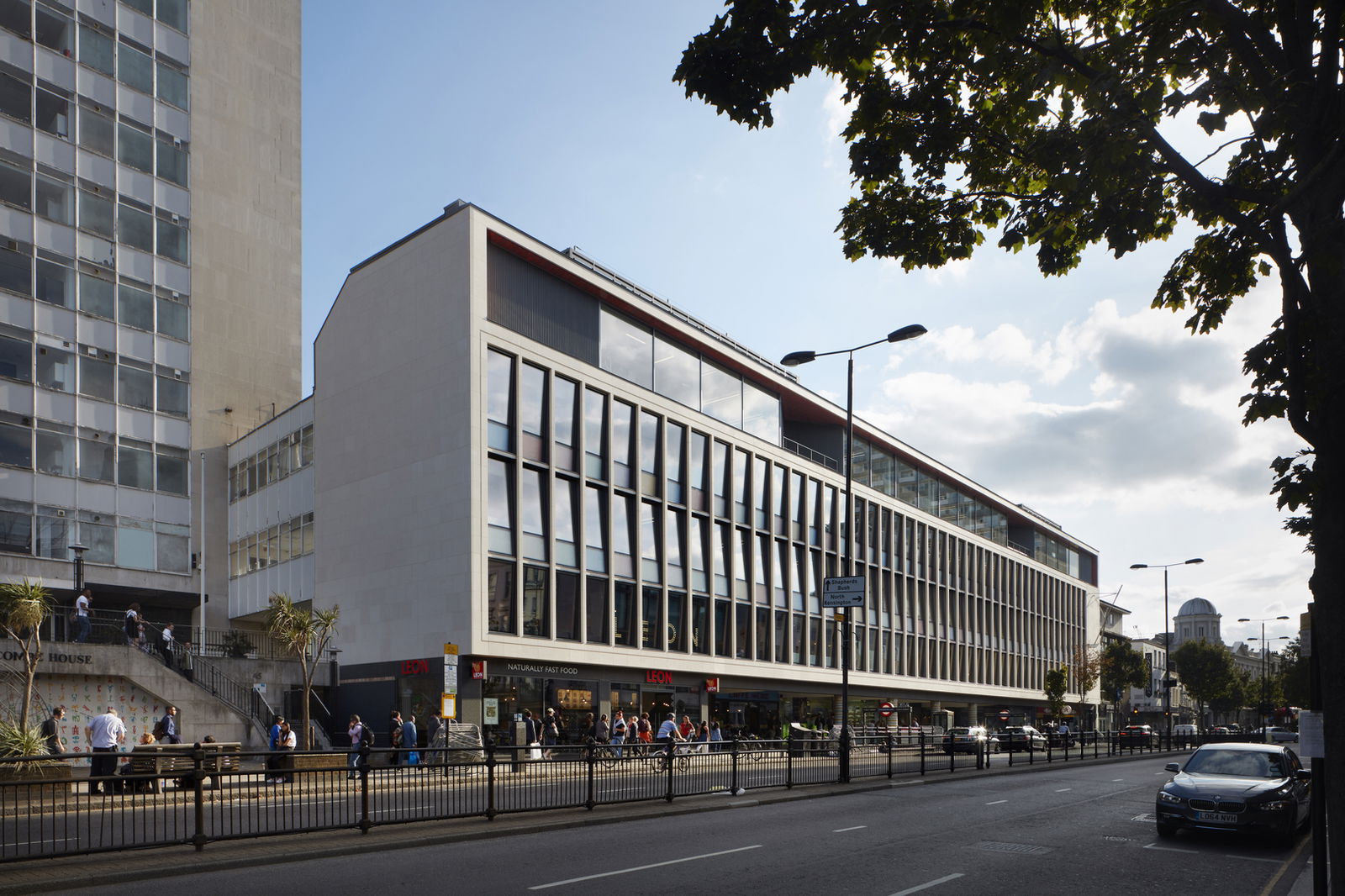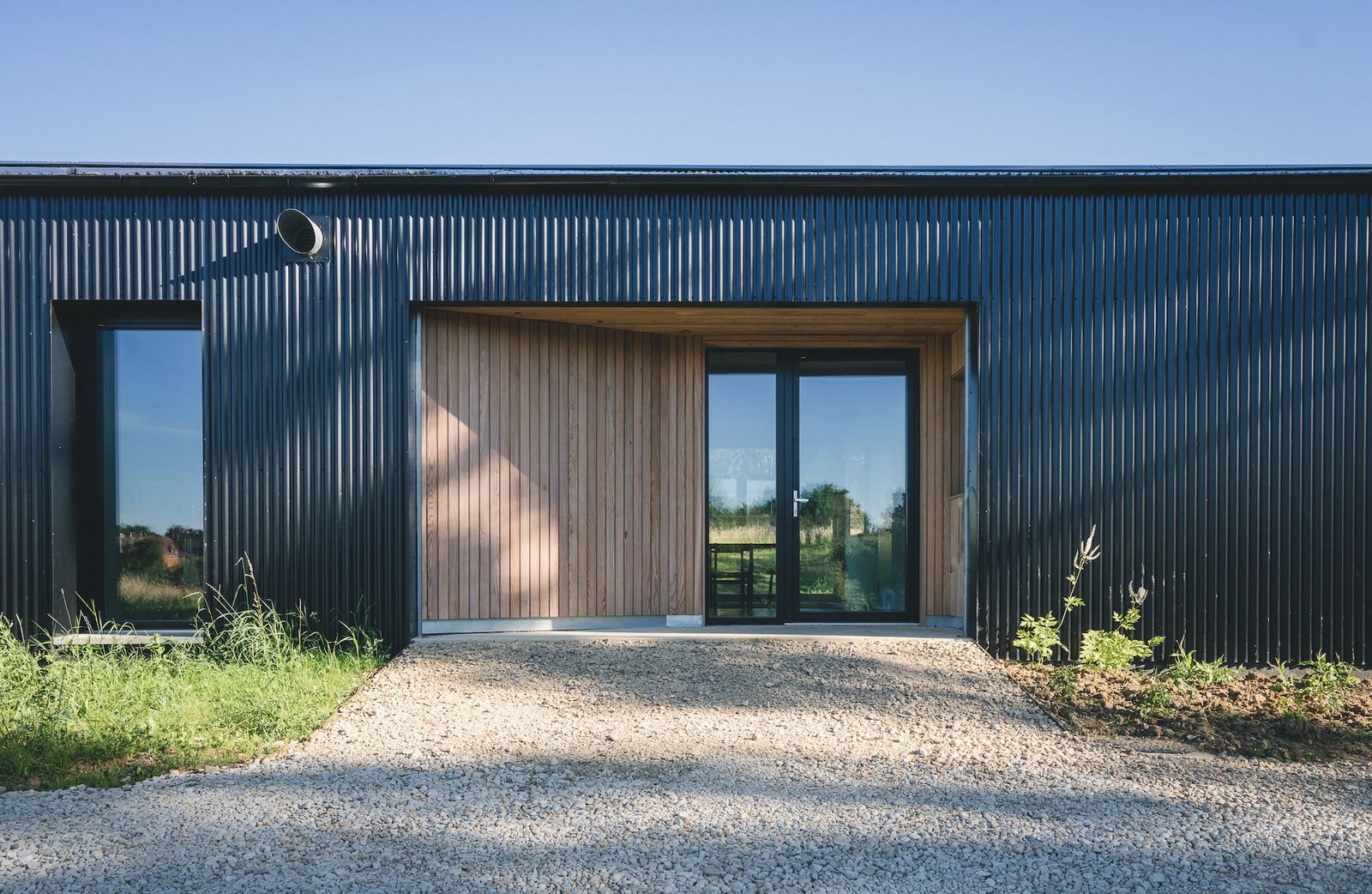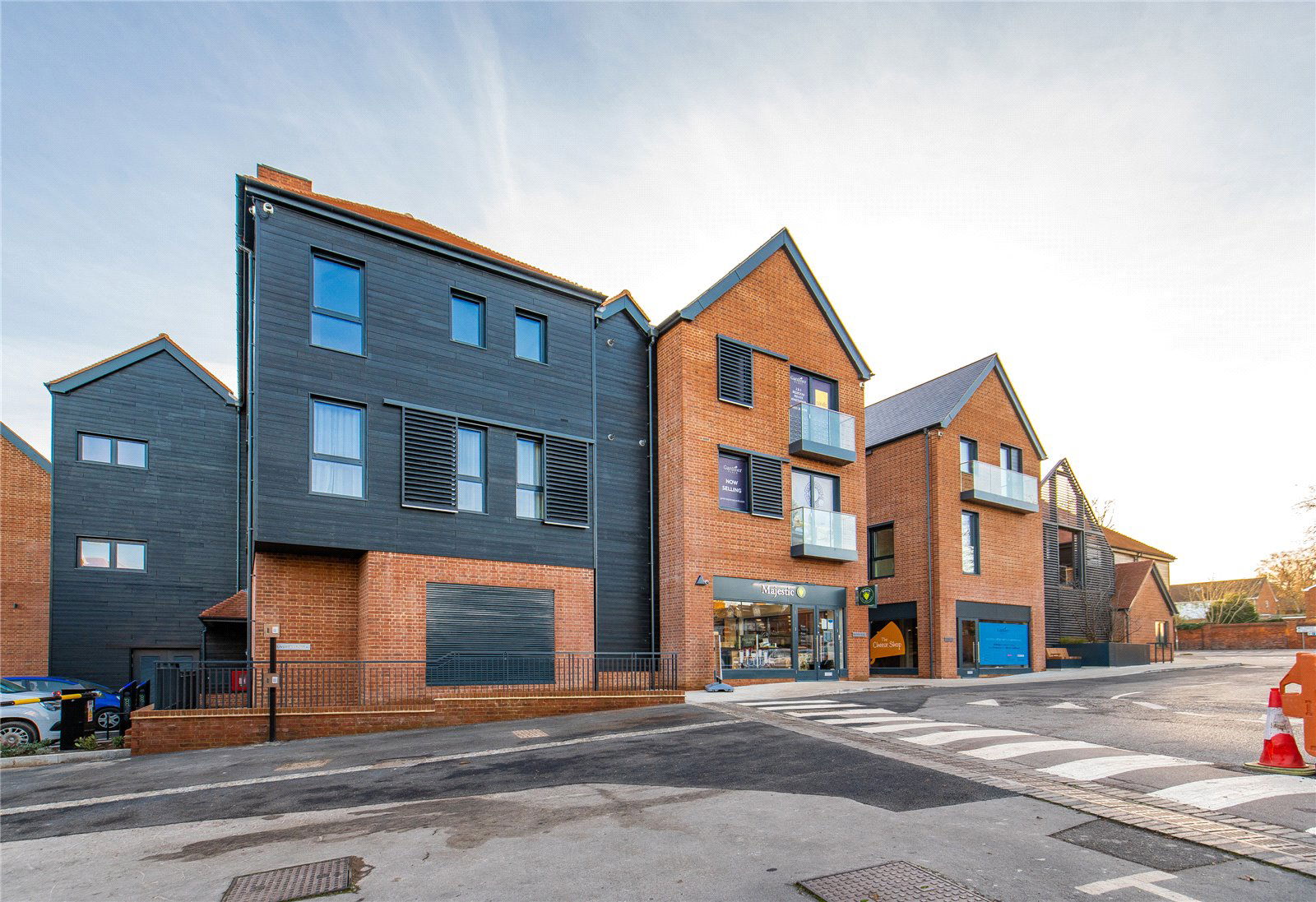What Is Low-Carbon Glass?
Low-carbon glass is manufactured using processes designed to reduce CO₂ emissions throughout the supply chain — from raw material sourcing to transportation.
Key Components of Low-Carbon Glass Production:
- Use of low-emission raw materials (including less carbon-intensive additives)
- Electrically boosted melting furnaces for higher energy efficiency
- Over 50% recycled content, helping conserve virgin resources
- Renewable energy sourcing during production
- Optimised transport routes and logistics
These steps result in significantly lower embodied carbon, making this type of glass a smart choice for eco-conscious projects.
Internorm’s Verified CO₂ Savings
Internorm has audited the full lifecycle of its iplus® thermal glazing, which is now available in their triple-glazed product range.
Did you know?
A 4mm-thick low-carbon float glass panel has a carbon footprint of just 5.5 kg CO₂eq/m² — over 45% lower than standard float glass.
- By 2025, Internorm projects that using this low-carbon glazing across its product range will save over 10,000 tonnes of CO₂eq compared to traditional glazing.
- That’s equivalent to 1,782 car journeys around the globe in a petrol vehicle.
Source: Internorm Sustainability Statement
These emission reductions make a measurable difference, especially for self-builds, Passivhaus homes, and Net Zero targets.
What This Means for Your Home
Choosing Internorm windows with low-carbon glazing means your home benefits from:
- Lower energy bills thanks to outstanding thermal insulation (Uw-values as low as 0.62 W/m²K)
- Reduced embodied carbon, helping future-proof your home
- Better acoustic performance with multi-pane glazing systems
- Sustainable manufacturing that supports climate goals
AT-ECO Insight
At AT-ECO, we’ve installed Internorm windows across London, Kent, Sevenoaks, Brasted, and beyond, and consistently hear from clients how impressed they are with the comfort, silence, and clarity of these high-performance units.
“Whether it’s for a countryside renovation or a contemporary urban build, low-carbon glazing from Internorm offers our clients the performance they expect — with a lighter environmental impact.”
— Installation Team, AT-ECO
We proudly work only with trusted manufacturers who prioritise verified environmental performance — not just claims.
Final Thoughts
In today’s climate-aware construction landscape, every detail matters. Internorm’s low-carbon glass is not just an innovation in glazing — it’s a smart step forward in creating homes that are energy-efficient, environmentally responsible, and future-ready.
If you're planning a window upgrade or a new build, now is the time to choose low-carbon glazing technology that aligns with modern building standards and sustainability goals.






